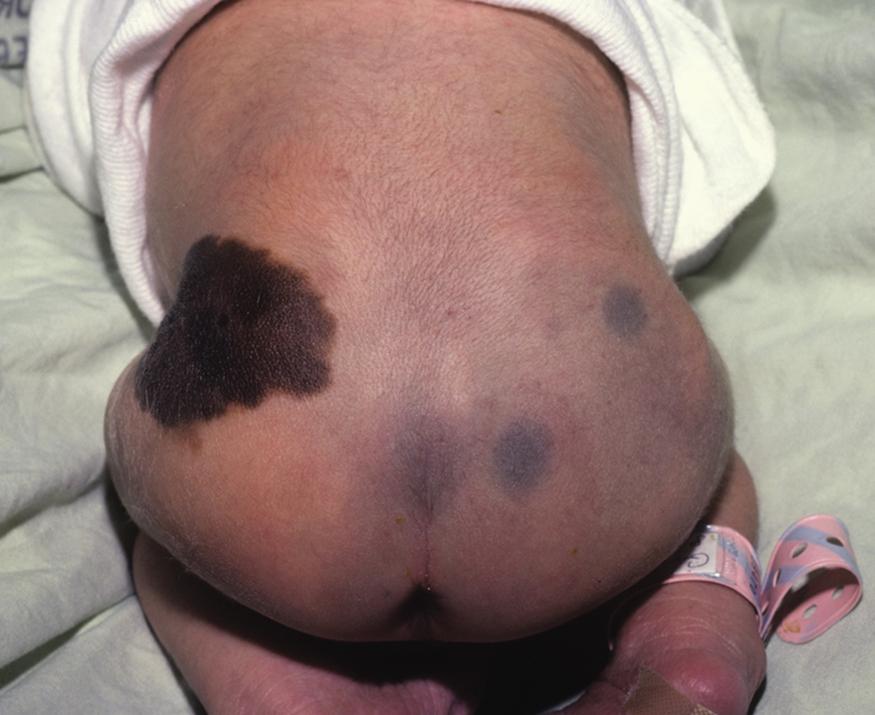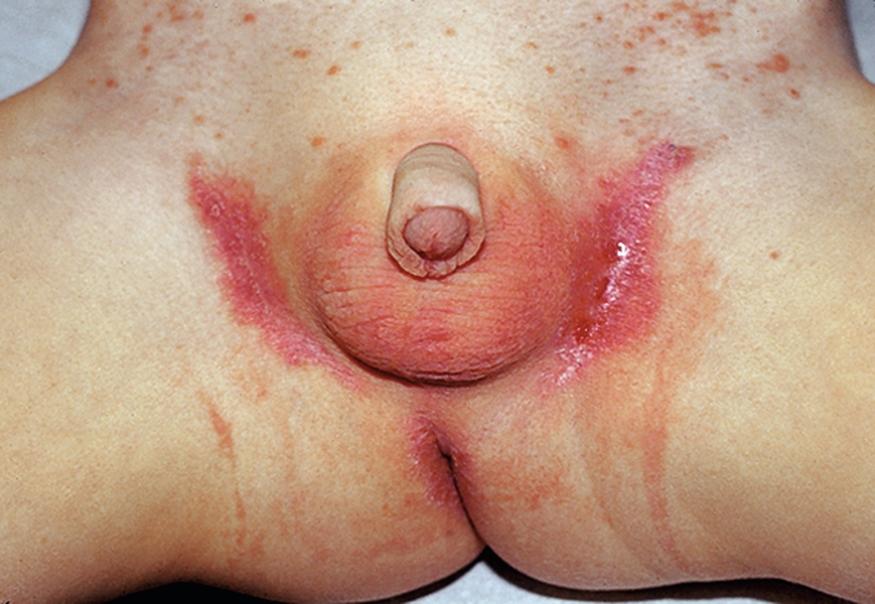Physical Address
304 North Cardinal St.
Dorchester Center, MA 02124
A pediatric dermatologist specializes in the diagnosis and management of diseases of the skin, hair, and nails in children. The clinical presentation and treatment of skin diseases are often different in the pediatric and adult populations. A pediatric dermatologist has expertise in the management of patients ranging in age from newborns to young adults.
The ability to perform a skin biopsy in the outpatient setting is often limited by the age of the patient and willingness to tolerate a procedure while awake. A skin biopsy should be reserved for situations where there is diagnostic uncertainty and where information gathered from the procedure will change management. A skin biopsy may be helpful in patients who do not respond to empiric or conventional therapy.
Preoperative application of a topical anesthetic can decrease the pain associated with a procedure.
Anxiolytic medications can be given to lessen a child’s anxiety.
The use of vibration or a cold sensation directly on the skin can mitigate the perception of pain.
Distraction with talk, music, or a video can help make a patient more comfortable during a procedure.
Conscious sedation or general anesthesia may be necessary when a patient cannot otherwise tolerate an in-office procedure with local anesthetics.
Congenital melanocytic nevi (see Fig. 57.1 ) are nevi that present at birth or shortly thereafter. They are classified as either small (< 1.5 cm), medium (1.5–19.9 cm), or large (≥ 20 cm) based on the projected size of the nevus in an adult. Small and medium congenital melanocytic nevi are quite common (1 in 100), whereas large congenital pigmented nevi are rare (1 in 20,000). The controversy surrounding these lesions concerns their malignant potential. The lifetime risk for development of melanoma in small and medium congenital melanocytic nevi is less than 1%, while the risk in large congenital melanocytic nevi is less than 5%.

Alikhan A, Ibrahimi OA, Eisen DB. Congenital melanocytic nevi: where are we now? J Am Acad Dermatol . 2012;67(4):495.e1–1.
A blue-black patch or patches found in up to 90% of newborns with darker skin types. The most common location is the sacral region ( Fig. 57.1 ), but dermal melanocytosis may occur on any portion of the body. This skin finding typically fades within the first 3 years of life.
A child with skin that blisters with minimal trauma should be evaluated for epidermolysis bullosa, an inherited mechanobullous disease. There are multiple subtypes, but clinically there are four important variants: epidermal, junctional, dystrophic, and Kindler Syndrome (see Chapter 6 ).
Aplasia cutis congenita. This condition may be an isolated finding or associated with ectopic neural tissue, epidermolysis bullosa, or limb defects. Aplasia cutis congenita generally heals by second intention, creating a scar with overlying alopecia.
Browning JC. Aplasia cutis congenita: approach to evaluation and management. Dermatol Ther . 2013;26(6):439–444.
Irritant contact dermatitis due to urine and feces is the most common cause of diaper dermatitis. The treatment consists of application of barrier creams or ointments and frequent diaper changes to minimize exposure to irritants.
Blume-Peytavi U, Kanti V. Prevention and treatment of diaper dermatitis. Pediatr Dermatol . 2018;35 Suppl 1:s19–s23.
Candida albicans . The use of an azole topical antifungal medication is an effective treatment for this secondary skin infection.
Blume-Peytavi U, Kanti V. Prevention and treatment of diaper dermatitis. Pediatr Dermatol . 2018;35 Suppl 1:s19–s23.
This constellation of findings suggests Langerhans cell histiocytosis ( Fig. 57.2 ). The disease can vary from a mild skin-limited eruption to a severe, life-threatening, systemic disease. Traditionally, this disease has been treated by pediatric oncologists.

This eruption is consistent with neonatal lupus erythematosus and is confirmed by the detection of maternal autoantibodies to SS-A/Ro and/or SS-B/La. An electrocardiogram should be performed to evaluate for congenital heart block, which can be lethal without intervention.
Atopic dermatitis generally first appears between 3 and 6 months of age. In approximately 90% of patients who develop atopic dermatitis, onset is by 5 years of age.
Eichenfield LF, Tom WL, et al: Guidelines of care for the management of atopic dermatitis: section 1. Diagnosis and assessment of atopic dermatitis. J Am Acad Dermatol . 2014;70(2):338–351.
Become a Clinical Tree membership for Full access and enjoy Unlimited articles
If you are a member. Log in here